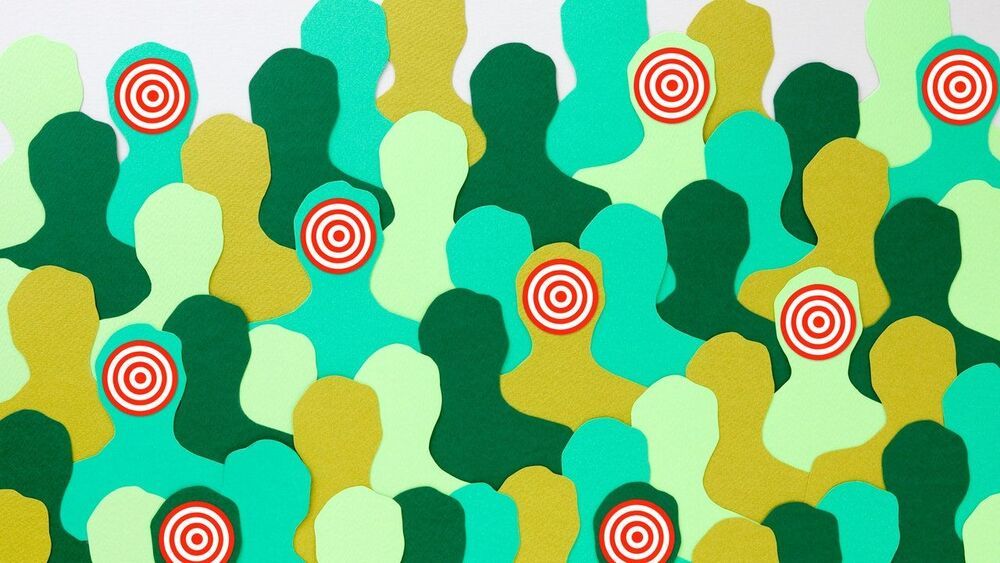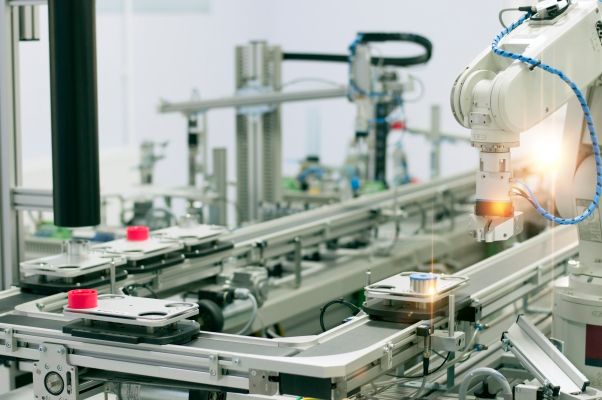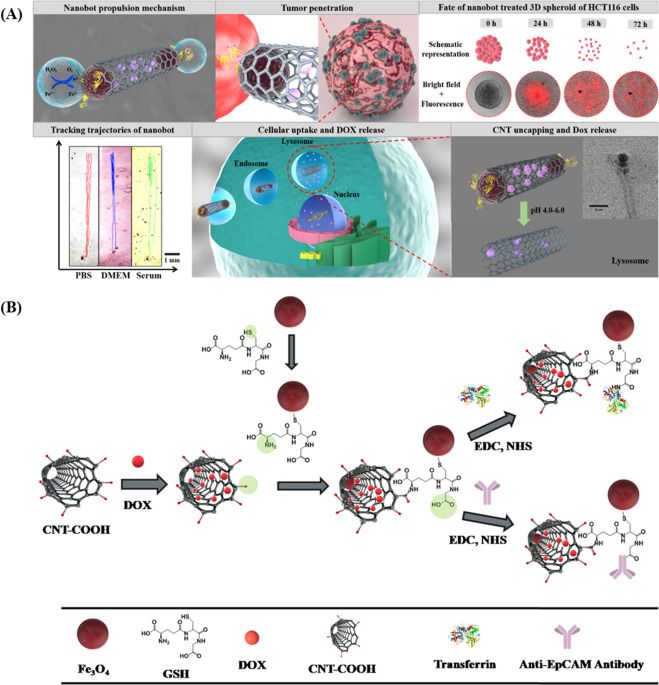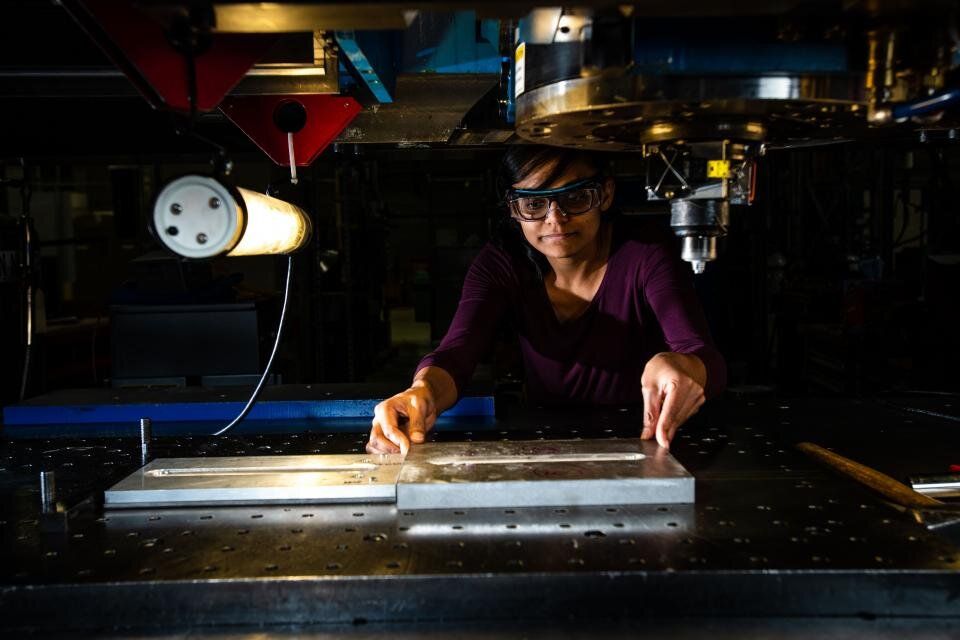In 2020, DeepMind solved one of biology’s biggest challenges. Now it’s working on using its AI to find drugs to target neglected diseases.



If you walk down the street shouting out the names of every object you see — garbage truck! bicyclist! sycamore tree! — most people would not conclude you are smart. But if you go through an obstacle course, and you show them how to navigate a series of challenges to get to the end unscathed, they would.
Most machine learning algorithms are shouting names in the street. They perform perceptive tasks that a person can do in under a second. But another kind of AI — deep reinforcement learning — is strategic. It learns how to take a series of actions in order to reach a goal. That’s powerful and smart — and it’s going to change a lot of industries.
Two industries on the cusp of AI transformations are manufacturing and supply chain. The ways we make and ship stuff are heavily dependent on groups of machines working together, and the efficiency and resiliency of those machines are the foundation of our economy and society. Without them, we can’t buy the basics we need to live and work.

Circa 2020
Self-propelling magnetic nanorobots capable of intrinsic-navigation in biological fluids with enhanced pharmacokinetics and deeper tissue penetration implicates promising strategy in targeted cancer therapy. Here, multi-component magnetic nanobot designed by chemically conjugating magnetic Fe3O4 nanoparticles (NPs), anti-epithelial cell adhesion molecule antibody (anti-EpCAM mAb) to multi-walled carbon nanotubes (CNT) loaded with an anticancer drug, doxorubicin hydrochloride (DOX) is reported. Autonomous propulsion of the nanobots and their external magnetic guidance is enabled by enriching Fe3O4 NPs with dual catalytic-magnetic functionality. The nanobots propel at high velocities even in complex biological fluids. In addition, the nanobots preferably release DOX in the intracellular lysosomal compartment of human colorectal carcinoma (HCT116) cells by the opening of Fe3O4 NP gate.

The U.S. Space Development Agency has five satellites riding on SpaceX’s Transporter-2 mission scheduled to launch June 25.
WASHINGTON — The U.S. Space Development Agency has five satellites riding on SpaceX’s Transporter-2 rideshare mission scheduled to launch June 25.
“There’s nothing in the space business that gets your blood pumping like the idea of a launch, especially if you’ve got multiple satellites,” a senior Space Development Agency (SDA) official told reporters June 22. “We’re really excited about what’s going to happen.”
Transporter-2 is expected to carry as many as 88 small satellites from commercial and government customers to a sun synchronous polar orbit. SDA’s five payloads include two pairs of satellites to demonstrate laser communications links, and one to demonstrate how data can be processed and analyzed autonomously aboard a satellite.
Fast transport of equipment and personnel using rockets similar to that of SpaceX.
Travelling through space will be far faster than atmospheric flight.
Using Starlink satellites to improve tracking and GPS.
Recently, the U.S Pentagon has been awarding most of its contracts to Elon Musk and his aerospace company, SpaceX! Stay tuned to find out more and subscribe to Futurity.
#spacex #elonMusk #starship.

Smart strategies like this can help workers learn to embrace technological change. If the government helps people plan their next move if and when they’re no longer needed in their current job, workers will be able to roll with the economy’s punches more easily. Combined with national health insurance, education and retraining assistance — and a robust unemployment insurance system — it could make terror of job loss a thing of the past.
The U.S. government must assuage people’s anxiety about technology upending their working lives, in part by helping them forge new career paths.

Machine learning techniques have contributed to progress in science and technology fields ranging from health care to high-energy physics. Now, machine learning is poised to help accelerate the development of stronger alloys, particularly stainless steels, for America’s thermal power generation fleet. Stronger materials are key to producing energy efficiently, resulting in economic and decarbonization benefits.
“The use of ultra-high-strength steels in power plants dates back to the 1950s and has benefited from gradual improvements in the materials over time,” says Osman Mamun, a postdoctoral research associate at Pacific Northwest National Laboratory (PNNL). “If we can find ways to speed up improvements or create new materials, we could see enhanced efficiency in plants that also reduces the amount of carbon emitted into the atmosphere.”
Mamun is the lead author on two recent, related journal articles that reveal new strategies for machine learning’s application in the design of advanced alloys. The articles chronicle the research outcomes of a joint effort between PNNL and the National Energy Technology Laboratory (NETL). In addition to Mamun, the research team included PNNL’s Arun Sathanur and Ram Devanathan and NETL’s Madison Wenzlick and Jeff Hawk.
Hyundai Motor Group said Tuesday that it has officially completed its acquisition of robotics company Boston Dynamics. The deal was announced in December and valued Boston Dynamics at $1.1 billion. The purchase sees Hyundai pick up an 80 percent controlling stake in the company, with the previous owner, Softbank, retaining 20 percent ownership.
The deal will hopefully create a stable home for Boston Dynamics, which has continued to pump out the world’s most impressive robots despite continual ownership changes. The company was spun off from MIT in 1992 and survived for most of its life on DARPA research grants. Google acquired the independent Boston Dynamics in 2013 as part of a brief interest in robotics led by Android co-founder Andy Rubin. Google freed the company from surviving on military contracts, but when Rubin left Google a year later, the executive interest in robotics left with him.
Summary: Combining deep learning algorithms with robotic engineering, researchers have developed a new robot able to combine vision and touch.
Source: EBRAINS / human brain project.
On the new EBRAINS research infrastructure, scientists of the Human Brain Project have connected brain-inspired deep learning to biomimetic robots.
I think there is actually a company that makes something similar to this.
The self-balancing bike is a reminder of the incredibly creative projects that students and young recently graduated engineers can come up with — another recent example is an all-electric monowheel built by a group of Duke University students.
In principle, Zhi Jui Jun’s self-balancing bike should work with someone riding it as well, though no one is shown riding it in Jui Jun’s video — the bicycle steering and keeping balance with the added top-heavy weight of a person would be a sight to behold. Stay posted for updates on any “piloted” tests in the future.